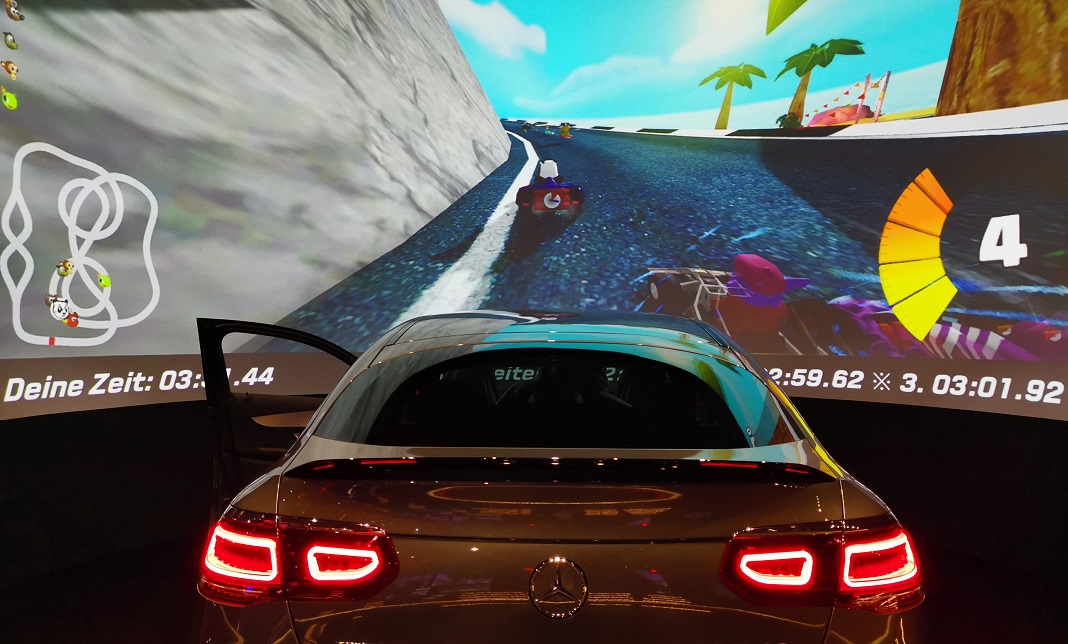“Pioneering spirit is part of our DNA. The founders of our company became architects of a new mobility without horses. Our task today is individual mobility without emissions.”
Daimler CEO Ola Källenius’ keynote address at the 2019 Frankfurt motor show was measured and delivered flawlessly. In what must be Källenius’ most important public address yet in his budding career as the Chairman of the Board of Management (since assuming the hot seat in May), the message was abundantly clear – sustainability is the next chapter for Mercedes-Benz and they are reinventing themselves in order to achieve that target.
It’s easy to scoff at corporate promises since they are not mandated by law, but what was laid out in plain English left nothing to imagination – carbon-neutral vehicle production in Europe by 2022, 50% of new car sales to be plug-ins and all-electric models by 2030 and a carbon-neutral passenger car fleet by 2039.

The road to carbon neutrality isn’t just about selling cars with less or no emissions, it’s also about sustainability in the supply chain. Case in point being the sourcing of batteries from manufacturers whose production are powered by renewable energies (hydropower, wind, solar, etc), which is able to reduce over 30% of the carbon footprint of future EQ models before a wheel is turned. In fact, every facet of the supply chain will adopt sustainability as a criterion for strategic partnerships.
Källenius explains that electromobility will drive the direction of the Mercedes-Benz brand from here on, and that the ambition to ‘First Move the World’ isn’t a short-term target but a business strategy, with sustainability being a ‘yardstick’ for corporate success. Yes, there would even be an all-electric AMG.

Not business as usual
While this year’s IAA, for Internationale Automobil-Ausstellung or international auto show in German doesn’t quite match the pomp and size of last one held in 2017 – blame it on the global downturn after years of sales growth – there is a deeper, underlying concern as century old corporations chart a way forward. Founder Karl Benz received the first patent for a motorcar back in 1886, some 133 years ago, in case you’re wondering.
Some are probably making cleverer guesses than others, but the issues that are keeping the best automotive minds awake at night doesn’t just involve the transition from fossil fuel to alternative forms of propulsion, but also how the information age is changing the relationship between the user and the car. If anything, the concept of the motor show itself is as arcane as a CO2-emitting combustion engine.
So for 2019, Mercedes-Benz overhauled the concept. New cars are still displayed but the area which they occupy constitutes only 25% of the total floor space (8,800 sq. metres), the remainder was transformed into what resembles a science exposition, where visitors get to experience what the brand stands. The exhibits are interactive and engage visitors not just visually but through touch and through the participation of games, there’s even a dare to walk on a glass platform overlooking the multi-storey Festhalle of Messe Frankfurt.
There’s no hard sell, no chest-thumping, no trumpeting of horsepower or displays of opulence. Instead you see a 133-year old carmaker re-defining its brand and sparing no effort to keep with the quick-changing landscape.
It goes without saying that Mercedes-Benz will expand their portfolio of electrified and all-electric models; there will be at least 10 fully electric models by 2022, including the stunning Vision EQS saloon due for production in 2022, which also debuts a new dedicated platform for large and mid-sized EQ models.

Two all-electric models have already been launched, the EQC SUV (previewed in Malaysia in June) and the EQV MPV. Mercedes-Benz will be energy agnostic, so future models could also be powered by hydrogen fuel-cell, as long as the energy source is sustainable.
Mercedes-Benz vehicles will also become increasingly ‘connected’ through the MBUX (Mercedes-Benz User Experience) intelligent multimedia interface, allowing cars to be shared when desired, opening up a range of usage opportunities, both private and public. Of course, the cars will have autonomous capabilities, if the driver so chooses (more on this in another story).

What does it all mean to us in Malaysia?
Arriving back at KLIA to a choking haze, the Frankfurt motor show couldn’t be further away, where manufacturers, both premium and mainstream are in a race to reduce their carbon footprint. With the majority of fuels needing only to comply with the outdated Euro 2 standard (Euro 4 will be implemented in January 2020, at least that’s the plan), Malaysia is already behind other regional economies when it comes to tailpipe emissions, and we could miss out on the EV revolution happening in the next two to three years in the absence of forward-thinking policies.

Yes, we’ve seen pockets of success in the sales of plug-in hybrids, but new models are harder to come by these days. The new National Automotive Policy (NAP) remains elusive, one thing we do know is that it can no longer exist in a vacuum without a comprehensive road map that also addresses other environmental concerns, such as our overwhelming dependency on fossil fuels to generate electricity.

Driving a zero-emission vehicle is well and good, but it is no less important to separate our trash and reject single-use plastics, the onus rest on each of us to reduce our carbon footprint before it is too late. As Källenius brought his speech to a close, the same point was underscored by the employees of Mercedes-Benz who congregated on stage, their presence to illustrate the collective push for sustainability, driven by a renewable human resource. Mercedes-Benz is ready, but are we?


















